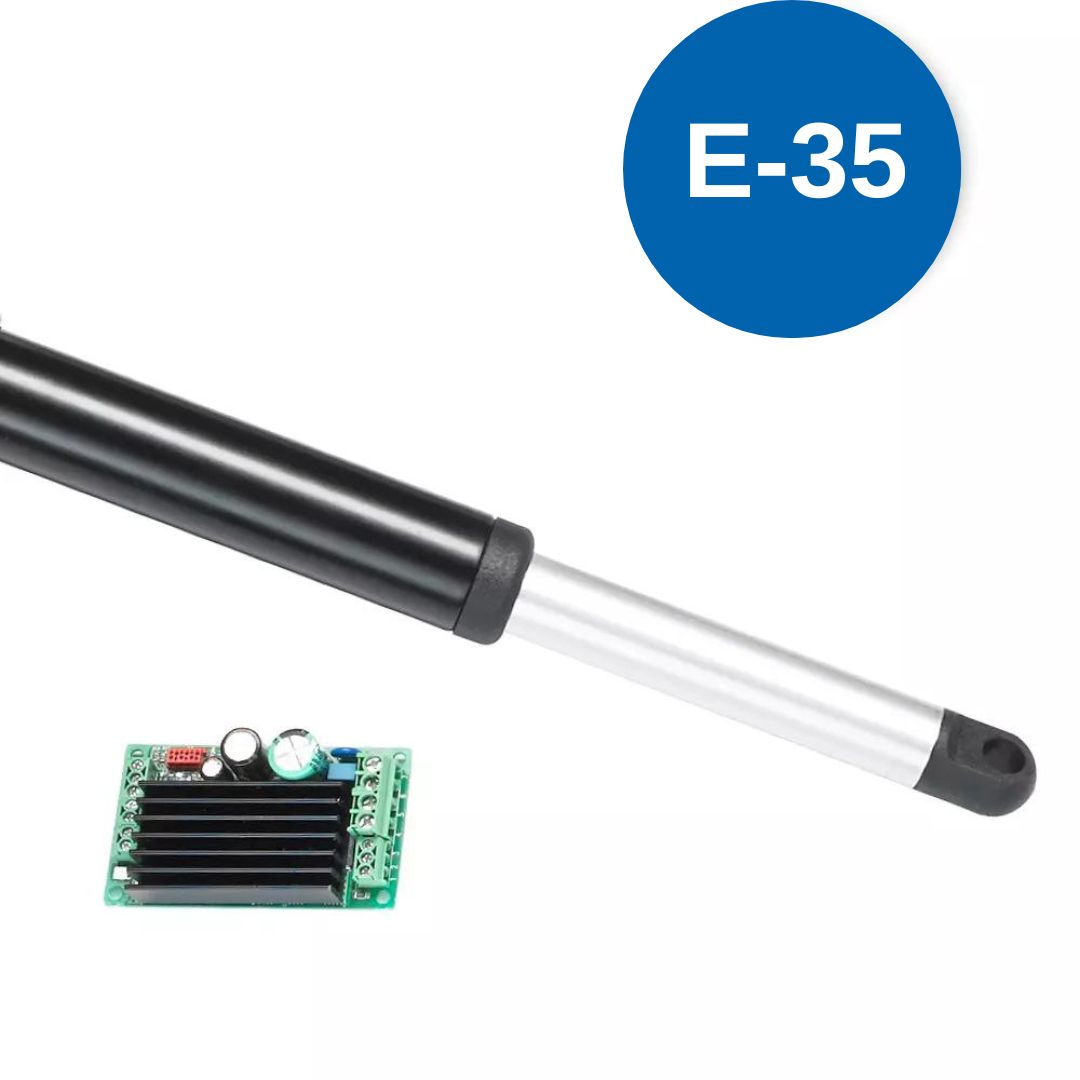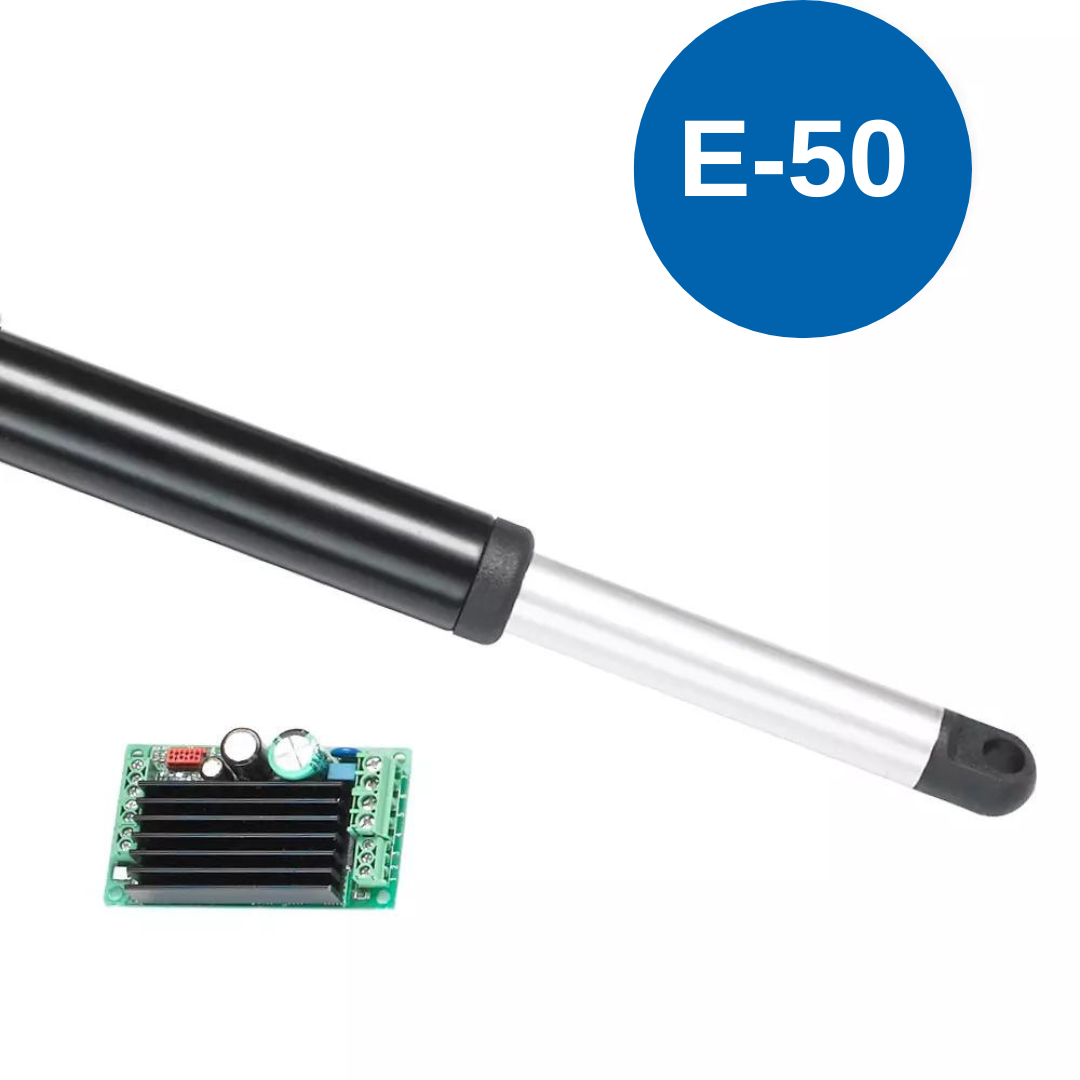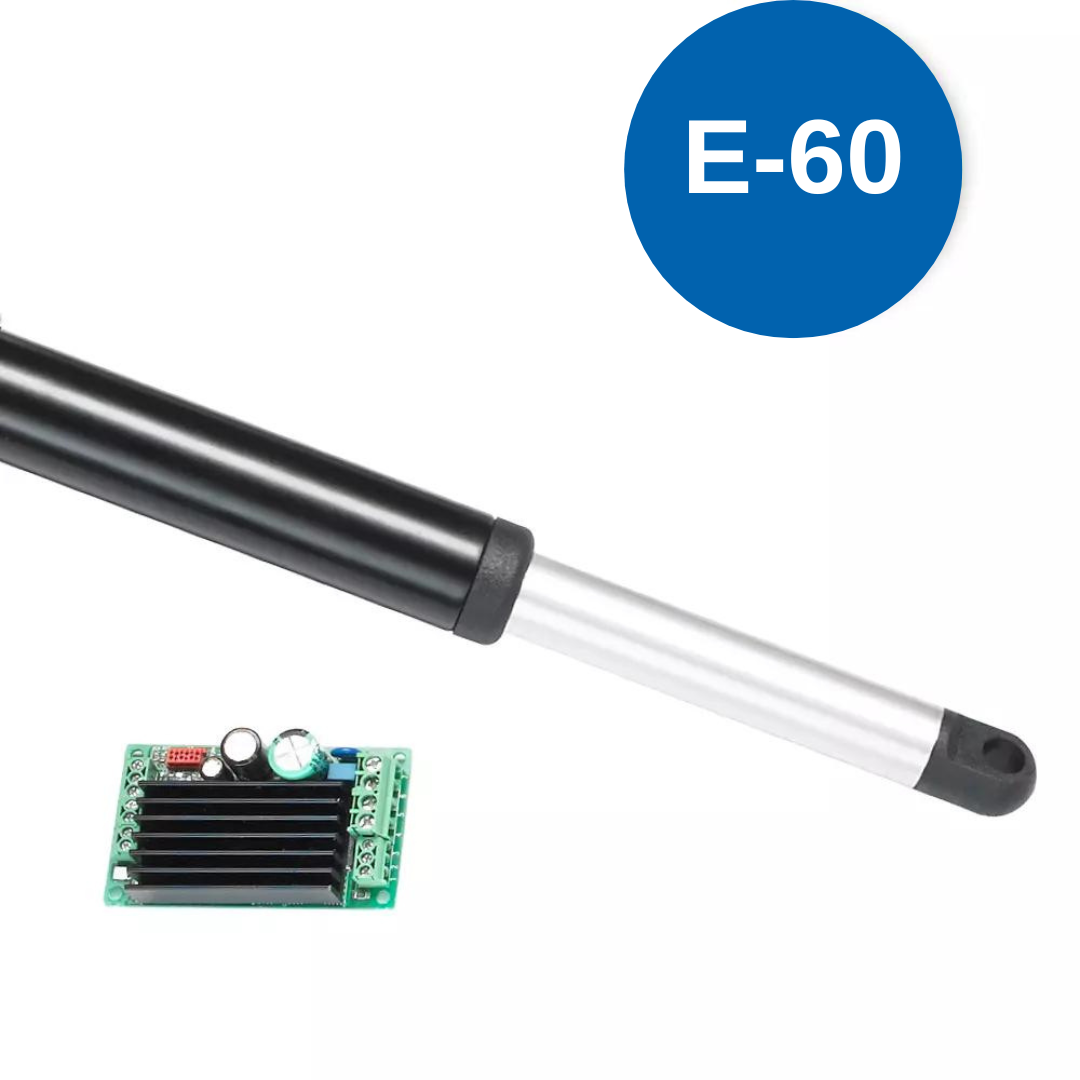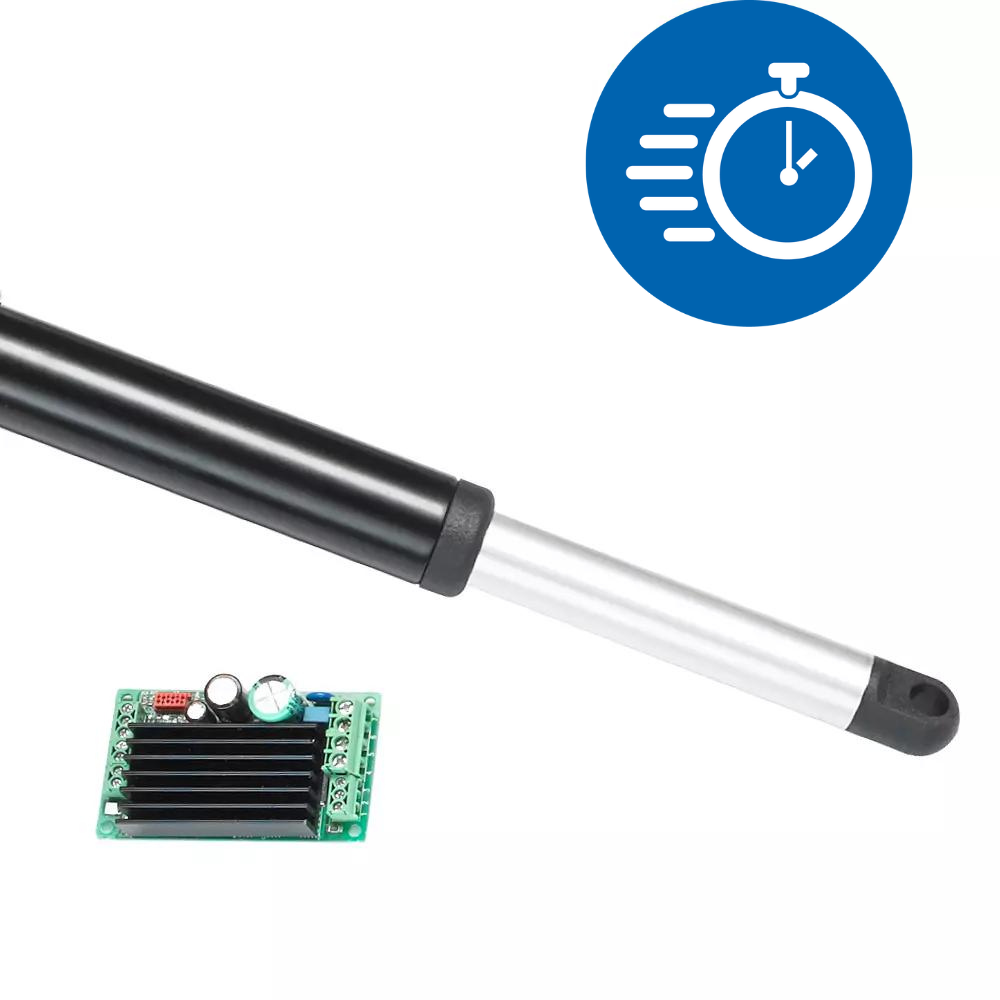Actuators are gaining popularity when it comes to solutions for height / position adjustment. Which is not unexpected, because this method offers many advantages over other, traditional methods. But how exactly does an actuator work? This article explains the operation of an electric actuator.
The actuator explained
Although an actuator may appear quite complex, the definition of the device is less complex. Linear actuators are electrical devices that convert rotational movements in low voltage DC motors into linear push / pull movements. In other words, the electric motor in an actuator ensures that the rod can be moved forwards and backwards. This allows the linear push or pull movements of the actuator. In practice, actuators are used in applications requiring tilting, lifting, pulling or pushing, with a maximum force of 10,000 N.
There are various ways of operating, wired or non-wired. BIBUS actuators are supplied with a remote control as standard. This makes it possible, unlike with a gas spring, to realise the movement at a great distance. The second option is a keypad attached to the application. The application below, an actuator for a glass floor hatch, can be operated with both control systems.
Types of actuators
The BIBUS range of linear actuators has 3 types: the easyE-35 (maximum constant force of 2,200N), easyE-50 (up to 4,500N) and the easyE-60 (up to 10,000N). As the maximum force increases, the cylinder diameter also increases. In addition to the maximum force, the length of the stroke is also variable, from 50 mm to 750 mm. On request it is possible to realize a different stroke.
In addition to customer-specific actuators, BIBUS also supplies Quick Ship actuators. When time is a deciding factor, the easyE-35 series Quick Ship actuators can provide a solution. The short delivery time of these actuators is due to the standard step sizes of the stroke. There are 9 standard stroke lengths available between 50 and 500 mm. Despite being standard versions, the power, speed and length of the Quick Ship actuators can be configured.
 It is also possible to easily get acquainted with the possibilities of the easyE actuators via the sample case. In this case you will find an easyE-35 with a 100mm stroke, an operating system S3, a handset up / down, a battery and a charger. On this page you will find more information about the actuator sample case.
It is also possible to easily get acquainted with the possibilities of the easyE actuators via the sample case. In this case you will find an easyE-35 with a 100mm stroke, an operating system S3, a handset up / down, a battery and a charger. On this page you will find more information about the actuator sample case.
The actuators are powerful, have a sleek and compact design and can be built into various applications. The correct actuator is determined depending on the application. The specialists at BIBUS are ready to provide you with tailor-made advice to achieve the desired actuator. You can contact us without obligation via this page.
Actuator vs gas spring
Actuators can be used as an alternative to gas springs. Both options allow for linear push and pull movements. The technique behind this movement is the difference. The great advantage of actuators is that they do not require manual force, as is the case with a gas spring. The table below clearly shows the advantages and disadvantages of actuators and gas springs.
| Pros of gas springs | Pros of actuators |
| Greater diversity in designs and dimensions | No manual force required for height / position adjustment |
| Higher force range (up to 12,000N) | No progressivity |
| The cycle time has no maximum | Configuration of actuators is more flexible |
| Gas springs last longer and are therefore more sustainable. | Synchronous movements are possible |
| No external power supply is required to use gas springs. | Flexible position determination |
| Gas springs have a wider range of mounting options | Different speed settings |
| An opening angle greater than 90° is possible | Actuator pushes and pulls with the same force |
| Gas springs make no noise | Can be operated remotely |
| Gas springs are relatively cheaper |
Configure the actuator
The BIBUS actuator configurator at the is easy to use. This tool makes it possible to configure the desired actuator yourself and to download 2D / 3D CAD / STEP files from the actuator. These can then be used in your own drawing package.
After entering parameters such as the desired stroke, the force, the diameter of the cylinder and additional options and connections, the configurator automatically generates an order code.













